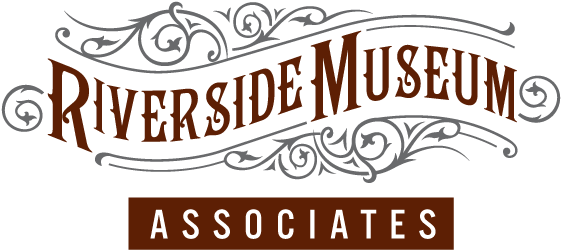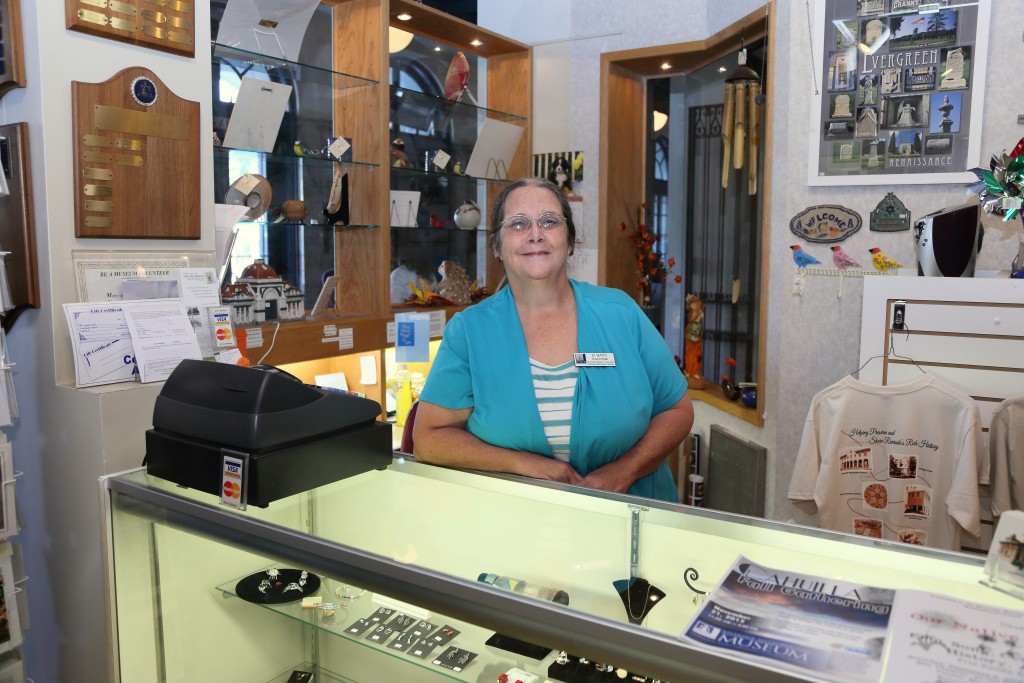Museum of Riverside
How a California basket collection became a modern museum
The Museum of Riverside (formerly known as the Riverside Metropolitan Museum) is the steward of the public trust of artifacts, archives, and historic sites owned by the City of Riverside. The Museum is responsible for three historic sites: Harada House, the Museum and the Heritage House.
 Originally called the Cornelius Earle Rumsey Indian Collection, the Museum opened in the basement of old City Hall in 1924, when the widow of NABISCO magnate Cornelius Earle Rumsey donated her late husband’s collection of Native American artifacts to the City of Riverside. The Museum of Riverside holds one of the largest collections of Native American basketry in California. Other collections were also donated to the young Museum including the Harwood Hall Collection and the Charles F. Clark donation of his entire estate for the establishment of a botanical section.
Originally called the Cornelius Earle Rumsey Indian Collection, the Museum opened in the basement of old City Hall in 1924, when the widow of NABISCO magnate Cornelius Earle Rumsey donated her late husband’s collection of Native American artifacts to the City of Riverside. The Museum of Riverside holds one of the largest collections of Native American basketry in California. Other collections were also donated to the young Museum including the Harwood Hall Collection and the Charles F. Clark donation of his entire estate for the establishment of a botanical section.
In 1948, the Museum was relocated to its current facility, a former U.S. Post Office built in 1912. And in 1954, the Museum officially established a Botanical Section. During the early years, renowned naturalist Edmund C. Jaeger became the museum’s Curator of Plants.
The Collections

The natural history of the region is an important feature of the Museum. Valuable collection of artifacts, a Nature Laboratory, and the Edmund C. Jaeger exhibit are shown here.
Located in one of the fastest-growing and most environmentally threatened areas in the U.S., the Museum of Riverside’s Natural History Collection is an important resource for research and interpretation of local environmental history, natural hazards, and conservation issues facing the area’s populace, ranging from the effe ct of air pollution on plant communities to the plight of endangered species.
ct of air pollution on plant communities to the plight of endangered species.
The cultural collections at the Museum of Riverside provide a look into the diversity of our community and the cultural history of the region.
The Anthropology, Archival, History, and Natural History collections are preserved for future generations through proper storage, collections information management policies, and procedures. The collections’ holdings are diverse and vast, spanning many periods of time and types of collections. A collections management software provides a comprehensive database utilized for all collections related information and activities.
Care, preservation, and maintenance of the Museum’s three historic structures are guided by appropriate historic preservation practices. Historic preservation professionals identify the preservation needs to ensure the structures preservation for future generations.
M useum Volunteers
useum Volunteers
Located in downtown Riverside, the Museum of Riverside provides many volunteer opportunities for Riverside Museum Associates members. Our volunteers are trained as docents by Museum staff to augment the Museum’s many exhibits. Volunteers also assist with Museum programs that focus on education, such as school tours, the Nature Lab, Discovery Days, and Art Walk events.
The Museum Shop is owned and managed by the RMA. The shop offers a variety of books, art, crafts, toys and decorative items. Volunteers find that being a Shop Assistant is a great way to interact with locals and the many tourists drawn to downtown Riverside, all the while being surrounded by the treasures of the Museum.


